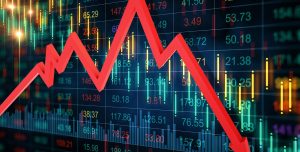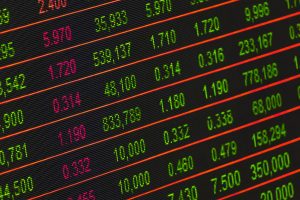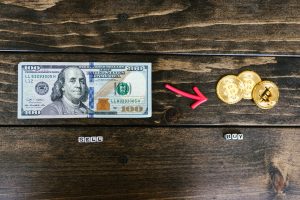Forex trading offers various opportunities for traders to benefit from the market. But before this, it is important to understand the concept of several trading tools. Two critical tools that aid in managing risk and maximizing potential profits are the “stop loss” and “take profit” orders. We will be sharing ideas and guides on how to effectively calculate stop loss and take profit orders in this article.
Stop Loss
A stop loss order is a risk management tool that helps traders to minimize potential losses. Stop loss is basically an instruction placed with a broker to close a trade position when the price of an asset moves upon the desired direction by a specified amount. The goal of stop loss is to avoid continuous losses if the market moves against the trader.
Considerable Factors In Calculating Stop Loss
- Analyze Volatility
It is very important to assess the currency pair’s volatility before calculating a stop loss. Most of the pairs that are highly volatile might require larger stop loss distances to accommodate price fluctuations. While less volatile pairs might require smaller distances.
- Average True Range (ATR)
Average True Range (ATR) is a technical indicator that measures volatility. When you calculate the ATR over a specific period, it can give you an insight of potential price movements. A common approach is to set the stop loss a certain number of ATR units away from the entry price. Based how the trader can take a risk, this distance can be adjusted.
- Support And Resistance Level
It is important to monitor the pie chart and identify key support and resistance levels. These levels can help in determining where the price might turn around. Placing a stop loss just above these levels can help to avoid sudden market reversals.
Calculating Stop Loss
Effective risk management is required in calculating stop loss. The first step in calculating stop loss is to determine your risk-reward ratio, which is the amount of money you as a trader is willing to loss for each dollar you hope to gain. For instance, if a trader is willing to risk $200 to make $400, the risk-reward ratio is 2:4. The next thing is to calculate the stop loss distance. The distance between the entry price and the stop loss price is known as the stop loss distance. How to calculate this? Multiply the risk-reward ratio by the distance between the entry price and the target price.Take for example, if the trader wish to purchase a currency pair at 1.2000 and the target price is 1.2200, the distance between the entry price and the target price is 200 pips. If the risk-reward ratio is 1:2, the stop loss distance is 100 pips because if you divide 200 pips by 2 you get 100 pips.
Take Profit
Take profit order is set to close a position automatically when it reaches a predetermined price level, locking in all profits. The goal of take profit is to close trades before the market move back and all earnings are lost.
Calculating Take Profit
Just like stop loss, to calculate take profit, the first approach is to determine your risk-reward ratio. This is similar to the risk-reward ratio used to calculate the stop loss distance. Next, calculate the take profit distance. This is the distance between the entry price and the take profit price. To calculate take profit distance, multiply the risk-reward ratio by the stop loss distance. For instance, if a trader wants to buy a currency pair at 1.2000 and the stop loss distance is 100 pips, the risk-reward ratio 1:2. The profit distance is 200 pips; 100 pips multiplied by 2.
Conclusion
The word of Forex trading is not static, market conditions can shift swiftly, having a clear understanding of how to calculate stop loss and take profits will help traders manage risk and maximize profit. Stop loss and take profit order not only help traders protect their capital but also optimize their potential for profits. Remember, successful trading is not just about predicting price movements, but also about effectively managing risk to thrive in the long run. By giving full consideration in the various methods outlined in this article, you can succeed in this highly volatile market.






